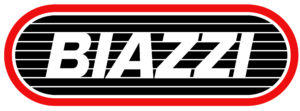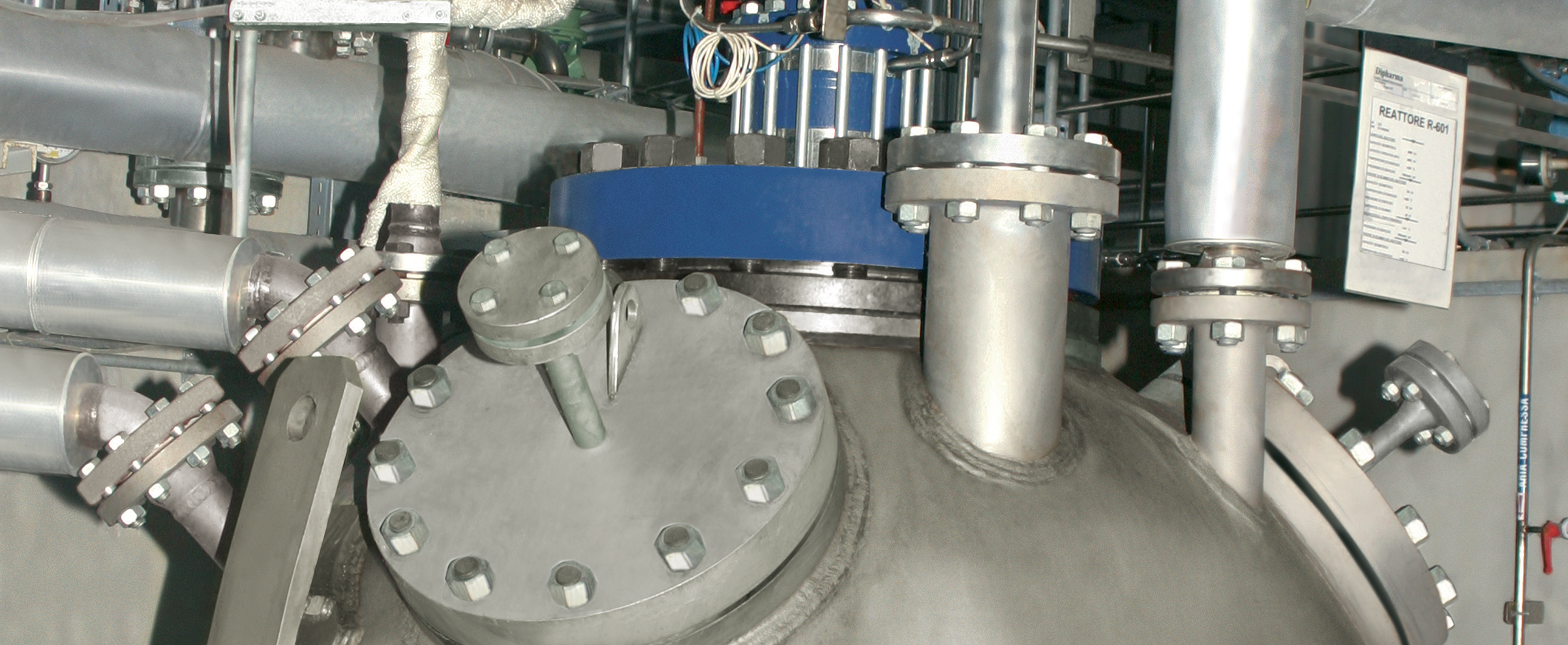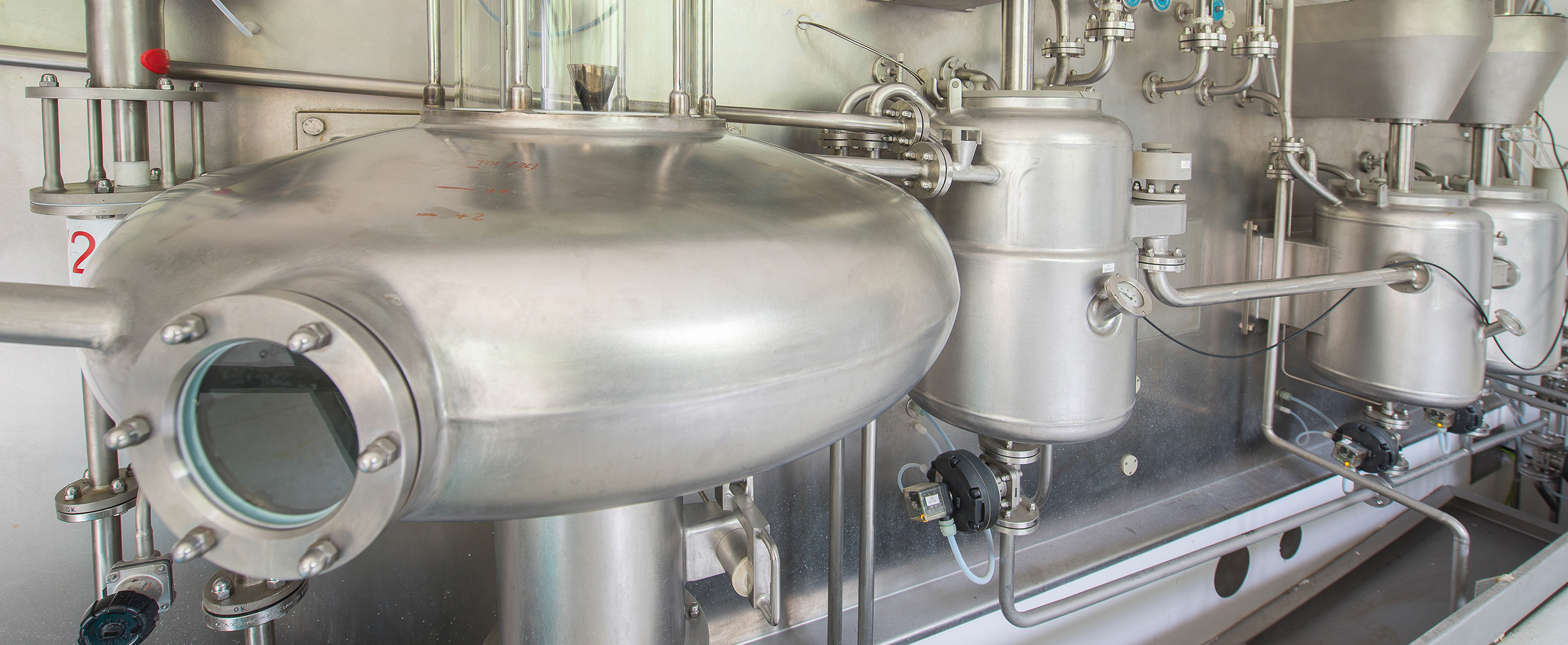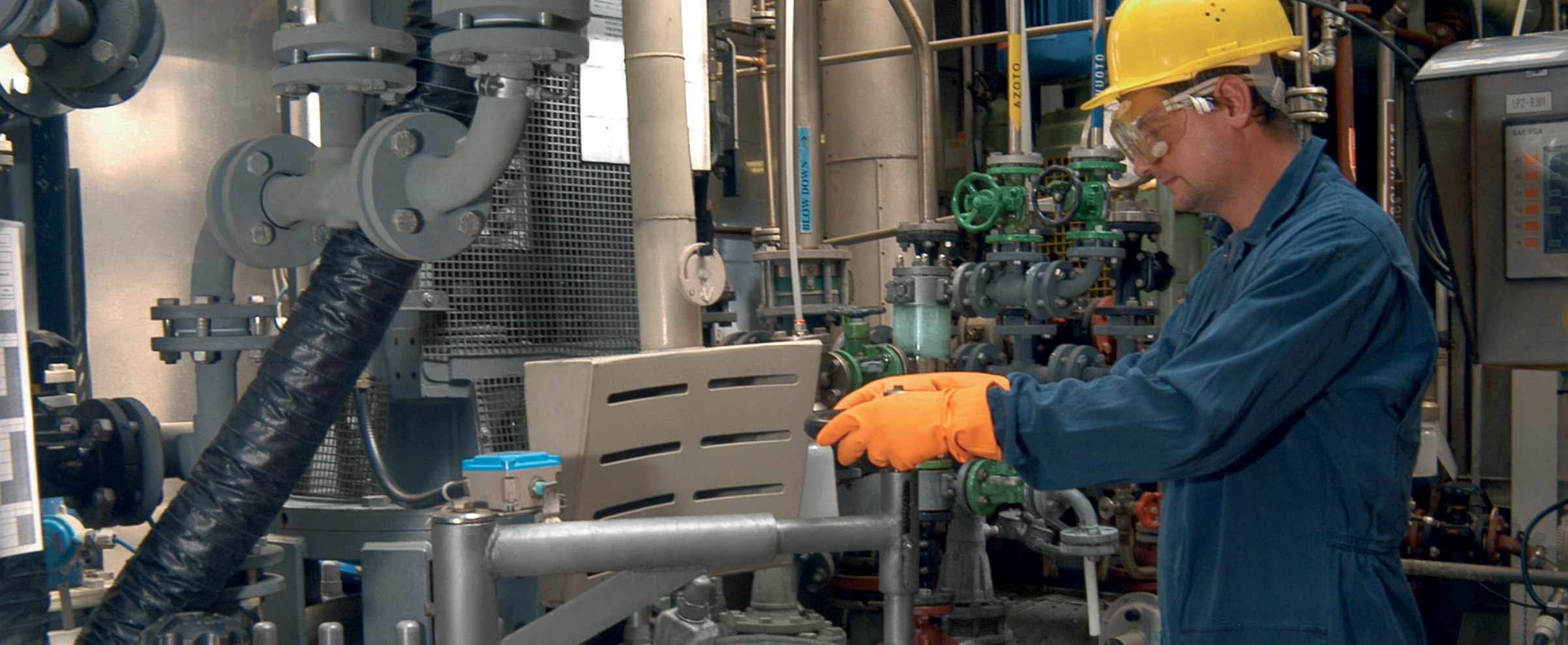Technologies
Handling hazardous processes safely is an integral part of Dipharma’s culture since our beginning, in 1949, as a civil explosives manufacturer. A constant theme for our business has been building a culture to handle dangerous chemicals and perform hazardous processes in a safe manner.
This extensive experience has shaped our ability to safely carry out complex and hazardous reactions used in the production of APIs, while also in compliance with cGMP protocols and meeting customers’ quality expectations.
The implemented technologies, the culture of safety and the experience in managing reactions couldn’t have been achieved without our talented employees.
The support we provide to our customers, in both our generic and custom synthesis businesses, is the result of having put those skills in capable hands.
We put emphasis on the strategic cooperation with our sister company Biazzi SA, the engineering company that leads the market in the development and optimization of niche technologies, special equipment and high-performance manufacturing complexes throughout the world, including many tailor-made continuous production sites.
Biazzi SA is the reference company for explosives, nitration and hydrogenation, hence it is a perfect partner for Dipharma’s technological growth.
In terms of complex reactions and processes, our portfolio includes:
Dipharma’s manufacturing sites and people are also skilled and equipped for the handling of hazardous raw materials such as chlorine, hydrazine hydrate, gaseous ammonia, hydrogen peroxide, sodium, dimethylsulphate and nitroalkanes.






